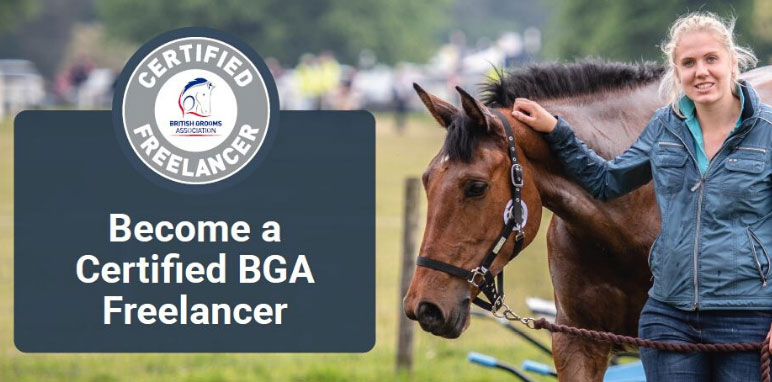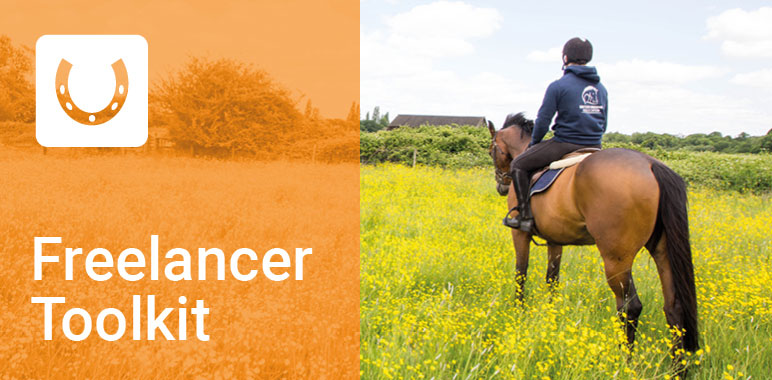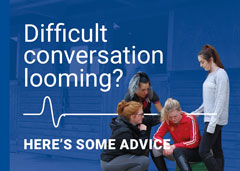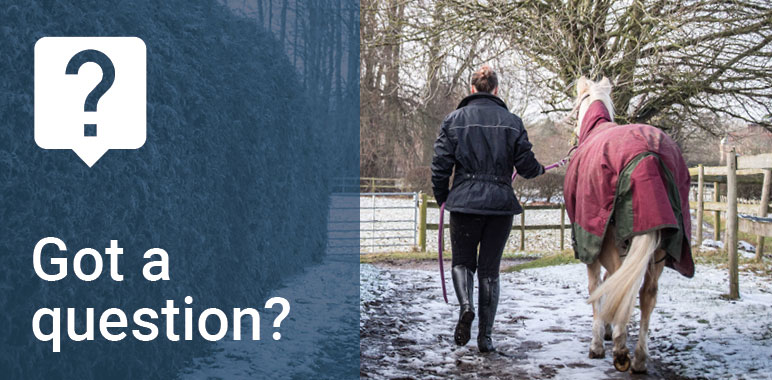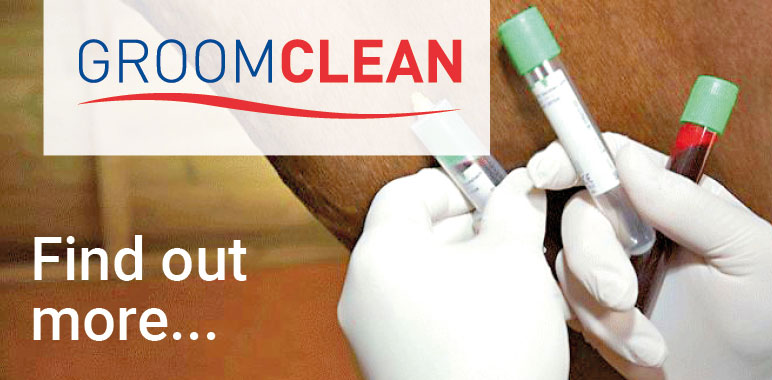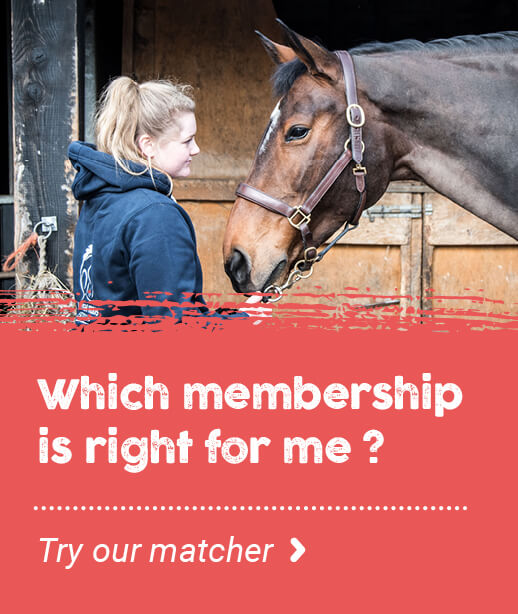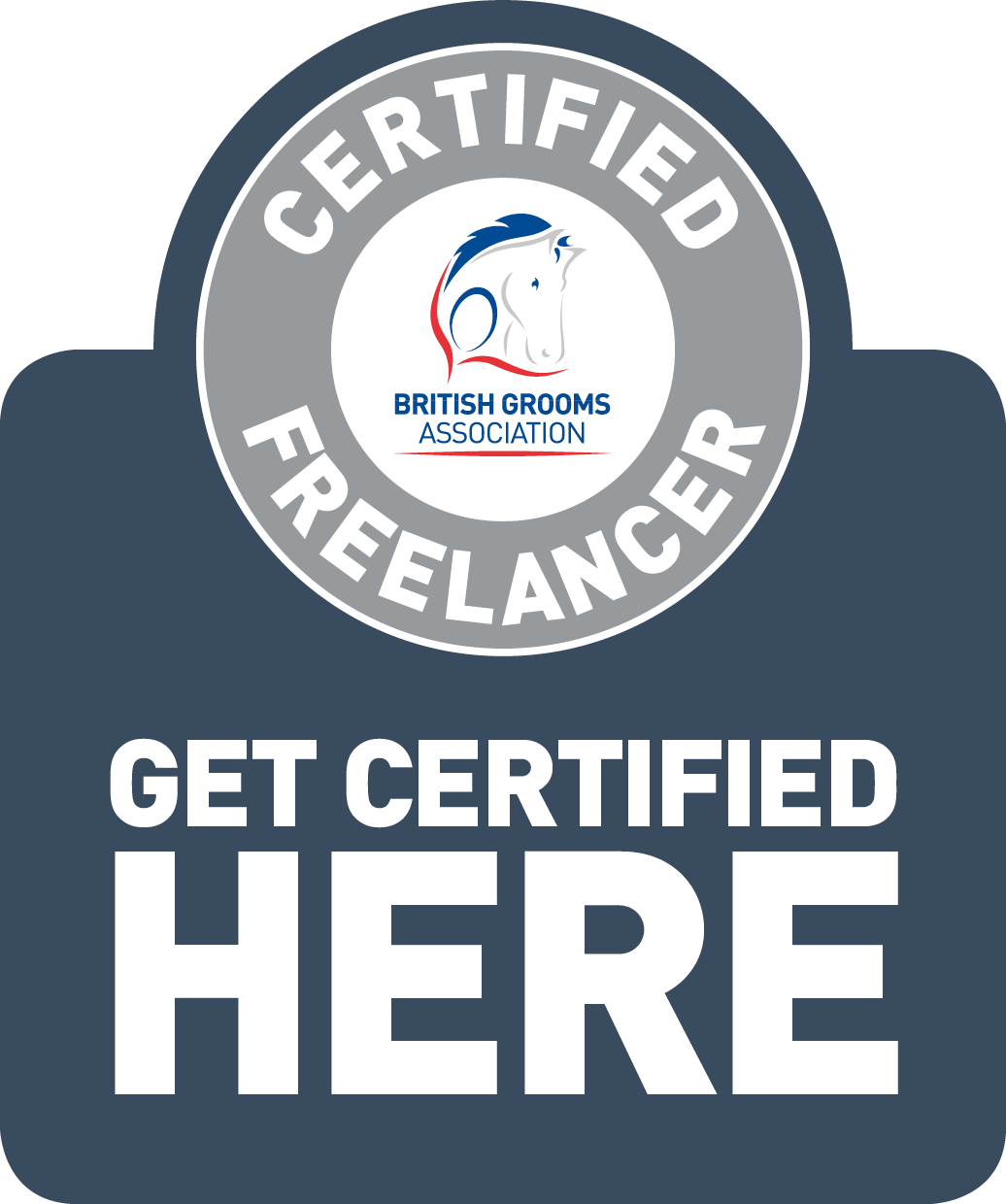- Join Now
- Login
- Member Zone
- Your Career
- Freelancing
- International Grooms Association
- BGA Training
- Healthy Yard Healthy Horses
- Transporting horses
- Brexit
- Safe workplace
- Student Zone
- Member Discounts
- BG Magazine
- Member services
- My employment
- Am I employed correctly
- Grooms Minds
- Safeguarding
- Legal Helpline
- BGA guide to the National Minimum Wage
- Training & Careers
- BGA CV Creator
- Horse groom training
- Where to Train
- BGA E Learning
- Career choices
- Change to Racing
- First Aid training for grooms
- Parents
- Grooms Jobs
- Grooms Life
- About
- News
- Contact

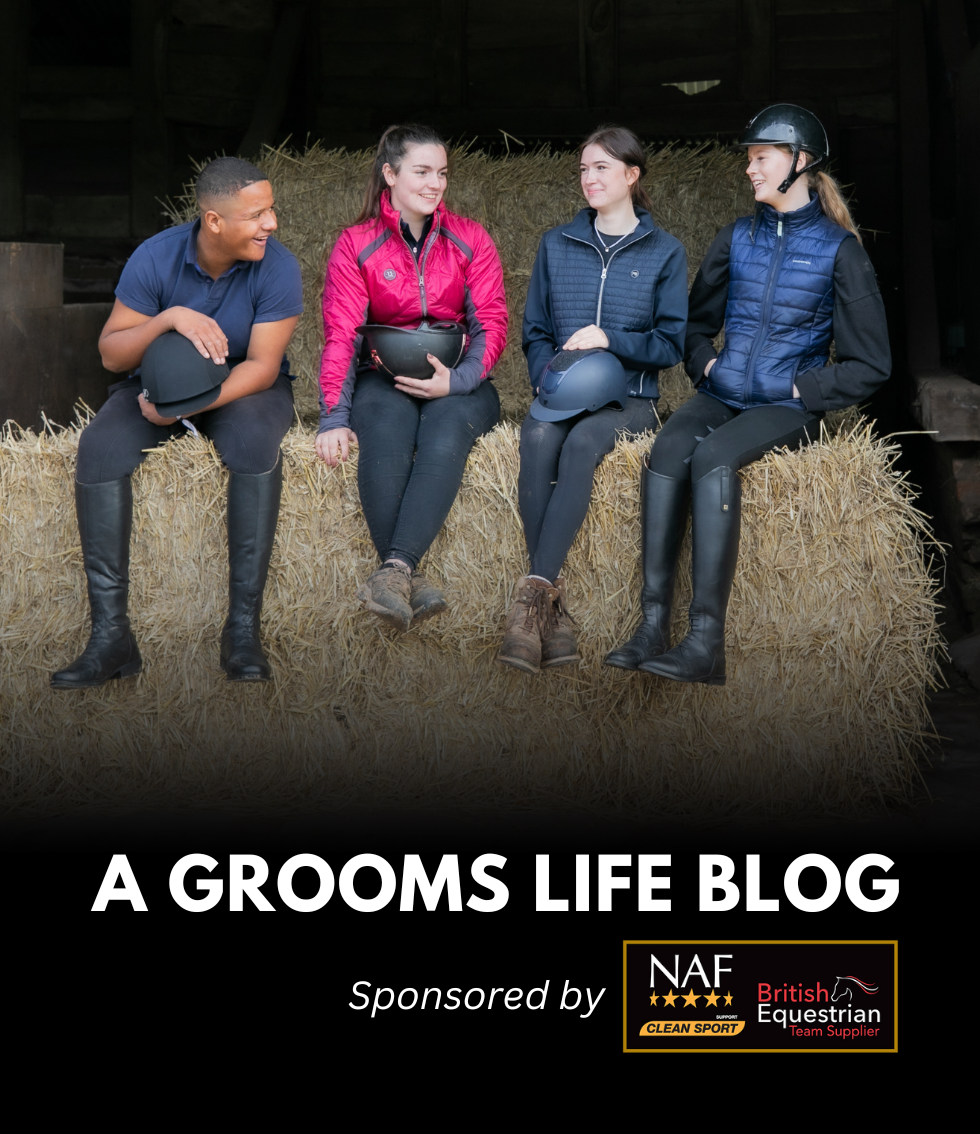
Our friends at Smart Grooming really are experts in turnout, so we asked them to explain how to create the perfect plaits. “The competition season is well underway! It’s time to dust off the plaiting kit and tidy up the mane. Perfect plaits may not win you a rosette, but a beautifully plaited mane will not fail to catch the judge’s eye. 1. Prepare. Before you start, get all the plaiting products together. Wearing a plaiting apron is the easiest solution for keeping all the plaiting kit in one place. If you’re using needle and thread, it can be quicker to thread up the day before and have them ready in a pin cushion or sponge. 2. Lighting. Depending on when you plait, it may be dark outside. We recommend not relying on stable light, it can be patchy and all sorts of stray hairs may be hidden in shadow. If you use a headtorch you’ll be able to see exactly what you’re doing. 3. Confirmation. A cleverly plaited mane can enhance as well as disguise conformational issues. Sitting plaits on top of the neck can improve a weak top line. Lengthening the look of a neck can be done by adding in more plaits. To minimise the look of a cresty neck, sit the plaits lower into the mane. To give the neck a slightly shorter look, space the plaits out. 4. Section the mane. Before you start plaiting, section the mane evenly, securing each section with a band or clip. This will ensure perfectly even plaits. 5. Start your plaits at the poll. If a horse becomes restless during the plaiting process it will be easier to finish off plaits near the withers than those near his ears. 6. Keep the Tension. As you start the plait ensure there is tension on the hair and keep that tension all the way down to get a nice firm plait to fasten and roll up. 7. Plaiting products. Products designed specifically for plaiting and braiding will help achieve the desired look. Plaiting wax and plaiting gel tame stray hairs, giving significantly neater plaits. 8. Tackle the forelock. If you find it difficult to make a neat forelock plait, a French plait is a good way to bring in all the hairs from the side. Forelock grippers will also come in handy to pull the plait through, eliminating the need for any sewing. 9. Review. Check the plaits as you go down the mane, and tweak as necessary. Don’t be tempted to cut stray hairs or you’ll eventually end up with a spikey look along the crest. Use a plaiting product like wax or gel to smooth them down instead. 10. Practice. The most important advice we’ve saved until last – practice! The more you practice, the quicker and more accurate you’ll become. This is absolutely the best route to plaiting perfection. Smart Grooming are an equestrian grooming brand that makes products that really work. Have a look at our plaiting range here." Thanks Smart Grooming for sharing your expert tips with us. Make sure you visit Smart Grooming's website for more guides and follow them on TikTok, Facebook or Instagram. If you enjoyed reading this article, you would LOVE the British Grooms members magazine! The BGA is your organisation that supports, represents, and champions the career of all grooms. If you are not a member yet, please join to help us make the equestrian industry a place of only Good Employment. Take a look at membership options, starting from as little as £25.50 PER YEAR. Perfect plaits made easy with Smart Grooming
28th June 2024
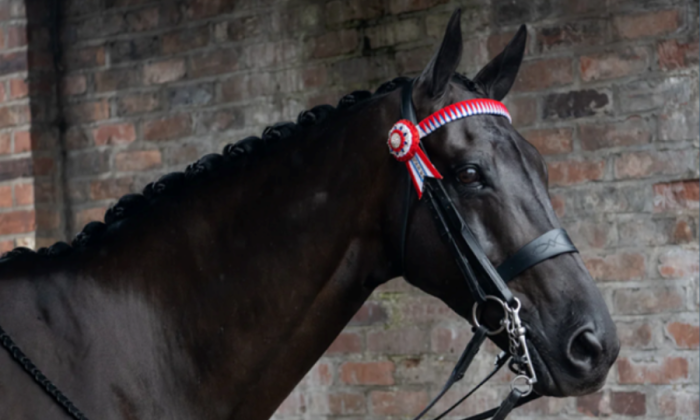
Here are our ten top tips for perfect plaits.

JOIN US
BLOG ARCHIVE
- 2025 (16 ENTRIES)
- 2024 (52 ENTRIES)
- 2023 (60 ENTRIES)
- 2022 (35 ENTRIES)
- 2021 (24 ENTRIES)
- 2020 (19 ENTRIES)
- 2019 (45 ENTRIES)
- 2018 (36 ENTRIES)
- 2017 (7 ENTRIES)
What the personal accident policy covers you for:
- Whilst at work
- All stable duties – mucking out, grooming, washing off, turning out
- Clipping
- Riding – including hacking and jumping
- Hunting
- Lunging
- Breaking in
- Holding horse for a vet and other procedures
- Travelling horses both in the UK and abroad
- Competing in line with your job including: jumping, dressage, eventing
- Injuries that may happen to you whilst you are teaching - but you must also be grooming as part of your duties and not be a sole instructor
What the personal accident policy doesn’t cover you for:
- Riding in a race, point to point or team chase
- Stunt Riding
- Accidents occurring whilst travelling to and from work
- Riding and competing your own horse (but you can upgrade when applying for membership to include this)
- Public Liability – this is a separate insurance policy - the Freelance Groom Liability Insurance
- Care Custody and Control – this is a separate policy - the Freelance Groom Liability Insurance
If you require additional cover then please contact KBIS directly.
| GROOM | RIDER | EMPLOYER | |
|
When you are working for other people you do most of the following; muck out, turn out/catch in, tack up, groom horses, exercise Horses (including hacking, jumping and schooling), in the care of your employer/client. |
|
|
|
| Predominantly ride horses for other people including schooling, exercising and competing. | NO |
YES |
YES |
| Provide grooming services for someone else either full time or on a freelance basis i.e. an employer or a client. | YES |
NO |
NO |
| Employ staff – have an employers liability policy in your name | NO | NO | YES |
| Buy and sell horses | NO | YES | YES |





